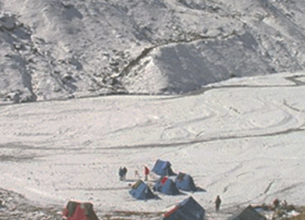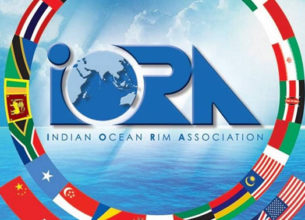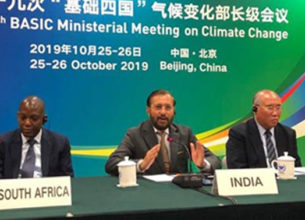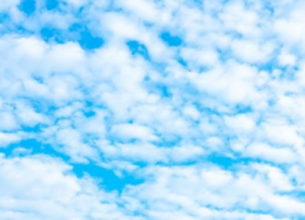2019 OZONE HOLE IS THE SMALLEST ON RECORD
24, Oct 2019
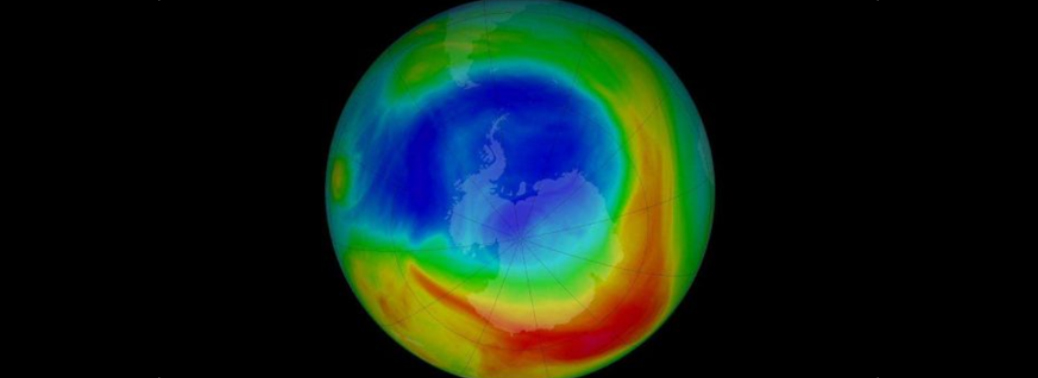
Prelims level : Environment
Mains level : GS-III Environmental Pollution and Degradation
Why in News?
- National Oceanic and Atmospheric Administration (NOAA) and NASA have announced that the Antarctic ozone hole hit its smallest annual peak on record since tracking began in 1982.
Highlights:
- The annual ozone hole – which consists of an area of heavily depleted ozone high in the stratosphere above Antarctica, between 7 and 25 miles (11 and 40 kilometres) above the surface – reached its peak extent of 6.3 million square miles and then shrank to less than 3.9 million square miles.
- There have been several efforts globally to cut down on the use of ozone-depleting chemicals.However, scientists attribute the relatively tiny ozone hole to unusually mild temperatures in that layer of the atmosphere.
- This is the third time in 40 years that weather systems have caused warm stratospheric temperatures that put the brakes on ozone loss.
- Similar weather patterns led to unusually small ozone holes in 1988 and 2002.
What is Ozone Layer?
- Ozone layer is a layer in the earth’s stratosphere at an altitude of about 10 km containing a high concentration of ozone, which absorbs most of the ultraviolet radiation reaching the Earth from the Sun.The stratospheric ozone layer helps deflect incoming ultraviolet radiation from the sun, shielding life on Earth from its harmful effects, such as skin cancer, cataracts and damage to plants.
- Each year, an ozone hole forms during the Southern Hemisphere’s late winter as the sun’s rays initiate chemical reactions between the ozone molecules and man-made chemically active forms of chlorine and bromine.
- These chemical reactions are maximized on the surface of high-flying clouds, but milder-than-average conditions in the stratosphere above Antarctica this year inhibited cloud formation and persistence, according to a NASA statement.
- This helped prevent the loss of a considerable amount of ozone.
What is the Issue?
- Chemicals used for refrigeration purposes, such as chlorofluorocarbons (CFCs) and hydrofluorocarbons (HFCs), break down stratospheric ozone molecules, thereby exposing the planet’s surface to greater amounts of UV radiation.
- These chemicals have an atmospheric lifetime of several decades and can destroy extraordinary amounts of ozone over that time.
- The ozone layer has been slowly but steadily recovering since the Montreal Protocol took effect, but it still has a long way to go.
- Since 2000, atmospheric levels of CFCs have been slowly declining, but they are still sufficiently abundant to cause annual ozone holes at the North and South poles.
Efforts in preventing Ozone Depletion:
- The discovery of the ozone hole by scientists at the British Antarctic Survey in 1985 galvanized international action.
- This swiftly resulted in a binding international treaty that many experts consider the most successful environmental agreement to date.
- The Vienna Convention for the Protection of the Ozone Layer (Vienna Convention) was agreed in 1985.
- The Montreal Protocol under the Vienna Convention (the protocol) was agreed in 1987. It facilitates global cooperation in reversing the rapid decline in atmospheric concentrations of ozone.
- Under the Kigali Amendment to Montreal Protocol 2016, parties are expected to reduce the manufacture and use of Hydrofluorocarbons (HFCs) by roughly 80-85% from their respective baselines, till 2045.



